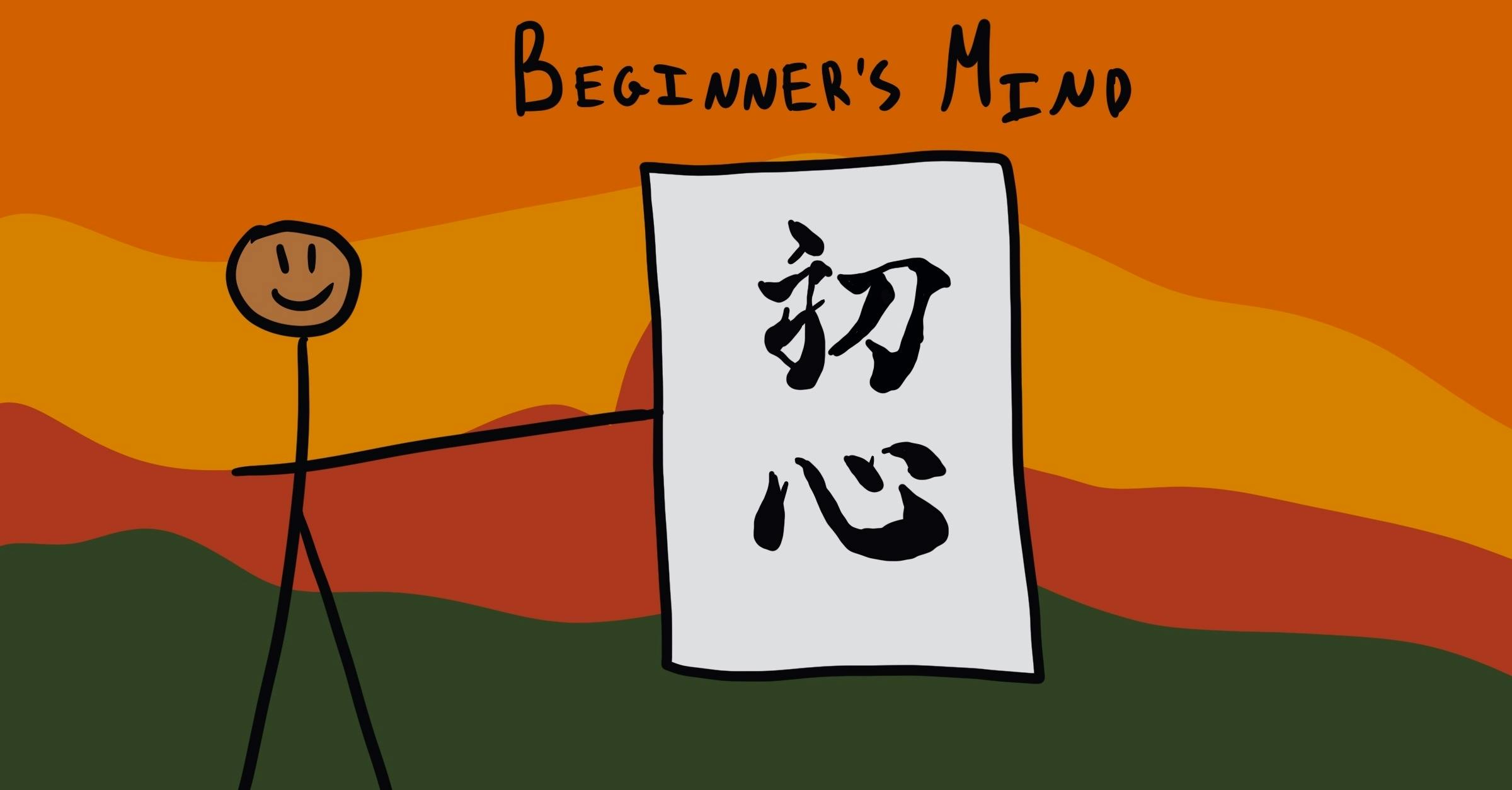The Beginner’s Mind
The Basic Idea
Have you ever noticed how the world was filled with wonder and endless possibilities in your childhood memories? But somehow, the same world doesn’t seem as limitless as an adult.
As kids, we approach life full of awe, as if every person, place, and thing we discover is magical and novel. But as we grow older and indulge in the mass array of perspectives and preconceived notions about the world, our outlook starts to sour, and it gets harder to feel that child-like sense of amazement.
The world we inhabit today is filled to the brim with opinions, informing our outlook on new subjects and ideas. This can be of great benefit: having a wealth of information available at our fingertips through search-engine data, countless media outlets, and constant social media has kept the average person more informed than ever. But this very same ‘expertness’ makes it exceedingly difficult to cultivate an unbiased perception in new interactions.
A concept that can help us return to an open state of mind is Beginner’s Mind: a Zen teaching used by many to remedy habits that reinforce limiting biases, and the kind of mindset we have as children.
This state of mind is characterized by an attitude of openness and eagerness, in which a lack of preconceptions allows a person to see everything as though it is for the first time.

In the beginner’s mind there are many possibilities, but in the expert’s there are few.
– Shunryu Suzuki, in his classic bookZen Mind, Beginner’s Mind1


















